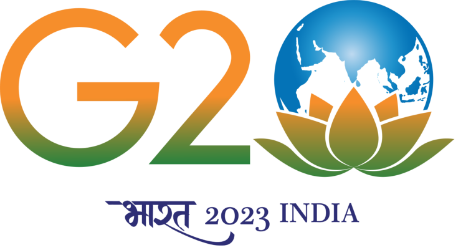
- Home
- About Us
- Constituents
- Projects
- Resources
- NCERT Initiatives for Inclusive and Accessible Education
- Cyber Safety & Security
- Brochure on ICT Initiatives
- Catalogue
- Comics on Conservation of Environment - PCRA & NCERT (Hindi)
- eContent Guidelines
- Journals
- Newsletters
- UNESCO Resources
- eContent Evaluation
- Mahatma Gandhi
- Reports
- Learning Objects
- Audio Books
- MOOCs on SWAYAM
- Alternative Academic Calendar
- ICT Initiative
- Events
- Transmission
- Announcements
- SIETs
- RTI
- People
- Contact Us
Geography XII Part-II
Geography is introduced as an elective subject at the senior secondary level in the CBSE affiliated schools.
Students mostly choose Geography for pursuing their academic interest and, therefore, need an in depth knowledge of the subject.
Geography helps the students to explore, understand and analyse the environmental and social aspects of the world and the inter-relationship between physical and human environments and their impacts on the community.
The Geography course of Class XII, Book 2,“ India and Economy” will familiarize the students with the key concepts, describe locations and help them correlate how a place is linked with other places at different levels -local, regional, national and global.
This book, deals with India and its economic aspects, taking a clue from class XI’s book - Physical Geography of India- which actually has laid the platform for the difference in economic development in the different parts of our country.
The first unit deals with the most important resource, i.e. Human resource. It discusses about the distribution of population, its growth, spatio temporal variation and composition in India. It also touches upon the pattern of migration, its variation, and the causes behind it and its consequences. Lastly the variation in the level of Human development among the states is analysed.
The second unit interestingly explains the settlement pattern in the different corners of India with special emphasis on the rural and urban population, villages, towns and different categories of cities.
Unit three showcases our country’s bountiful land, water and mineral resources. It analyses our land use pattern, agricultural seasons, crops, the development and the plans initiated after our independence to enhance our agricultural produce to be self-sufficient. It also points out the problems in Indian agricultural system.
This unit also elaborates on the availability of our water resources, mineral resources, their distribution, significance, need for conservation and the steps taken to conserve them.
It also discusses about the industries of India from the point of view of the factors behind their location, types, distribution, industrial regions, and the new industrial policy. In this unit, the planning system with special mention about regional imbalances and the special plans for the upliftment of the backward tribes/regions to bring them at par with the rest of the country for sustainable development, is also explained.
The fourth unit deals about the status of the lifelines of our country, i.e. the Transport and Communication system along with International Trade - which link the other economic activities and people together.
The last unit Geographical Perspective on Selected Issues and Problems analyses the different types of pollution that India is facing today, along with urban waste disposal and case studies.







